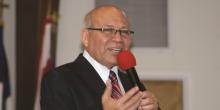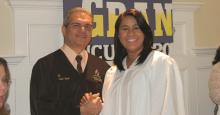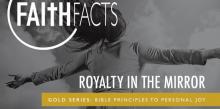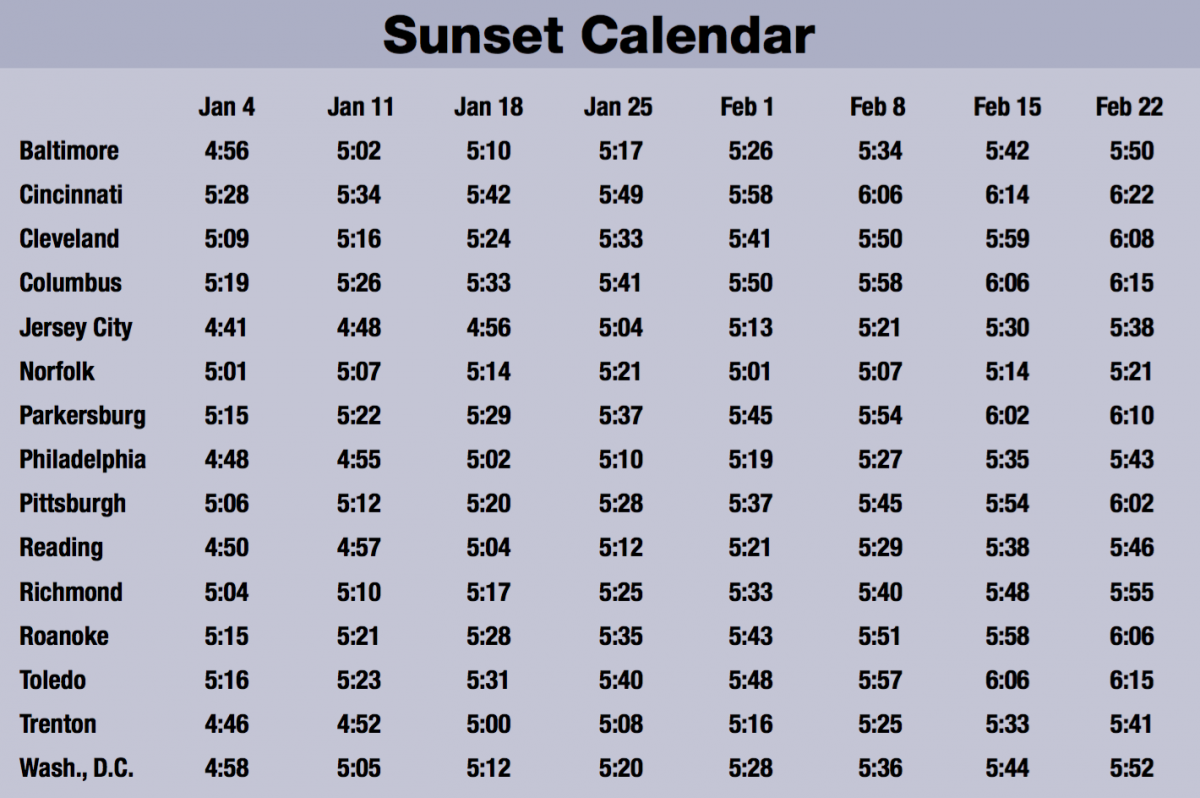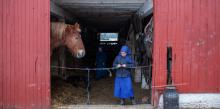Story by Buffy Halvorsen
The Ohio Conference recently hosted their Annual Prayer of Emphasis Day. Event organizer Buffy Halvorsen shared these tips for the day that you can use for a similar event at your church.
If prayer is the breath of the soul, we as Christians must breathe deep and often. Colossians 4:2 reads: “Continue steadfastly in prayer, being watchful in it with thanksgiving” (ESV).
Below are suggestions to make this day memorable for all ages in your church.
1. Set up “Prayer Stations” around the church:



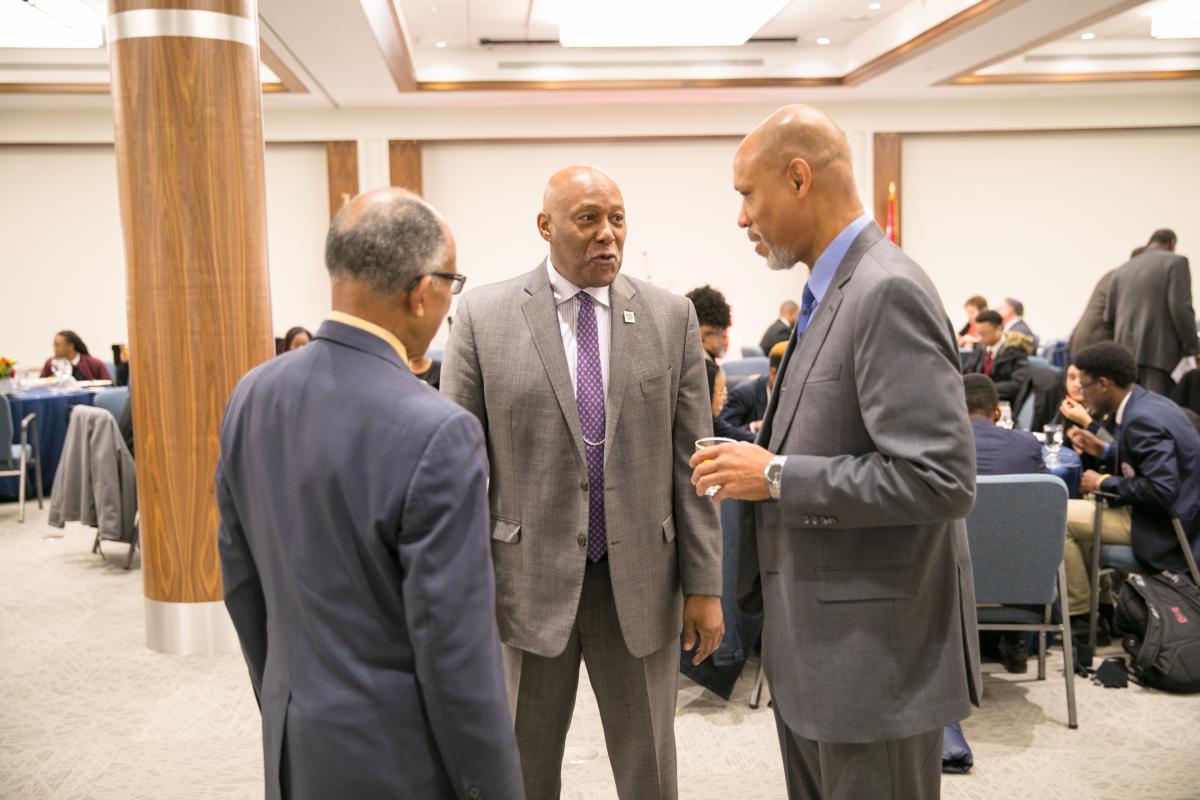 Story by V. Michelle Bernard / Photos by Andre Hastick
Story by V. Michelle Bernard / Photos by Andre Hastick
